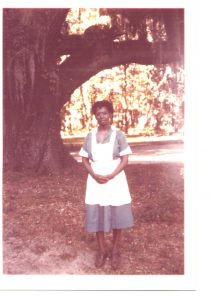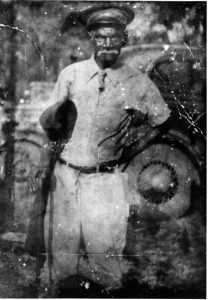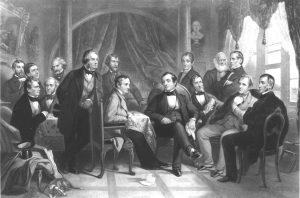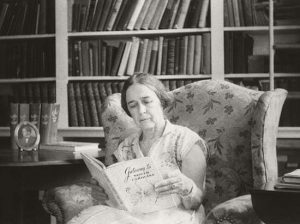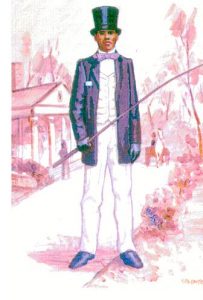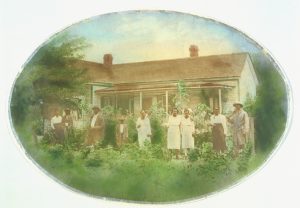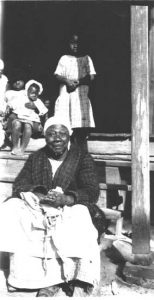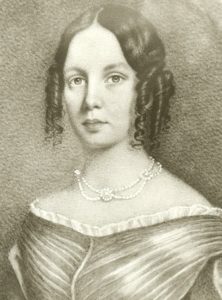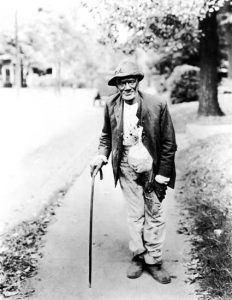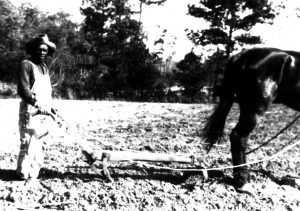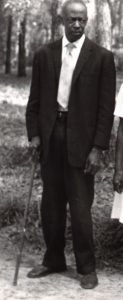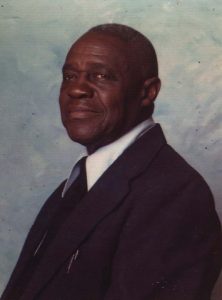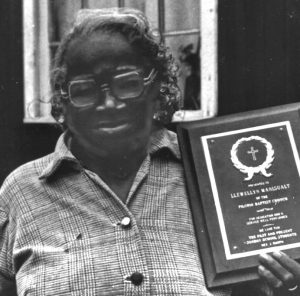The Simms family is descended from William Gilmore Simms (1806 – 1870), noted 19th-century literary figure and Chevillette Eliza Roach Simms, the daughter of Nash Roach. They had 16 children, but only six survived childhood including William Gilmore, Jr., Mary Lawson, Chevillette Eliza, Govan Singleton, and Charles Carroll. Simms also had a daughter, Anna Augusta Singleton, from his first wife, Anna Malcolm Giles.
By virtue of Simms’ literary achievements, Woodlands is designated a National Historic Landmark by the U.S. Department of the Interior and is currently used by the Simms descendants for family retreats, hunting parties, and community gatherings.
William Gilmore Simms was a native South Carolinian who gained far-ranging literary acclaim in his day as the most prolific southern antebellum writer. Hailed as the man of letters of the Old South, Simms garnered the respect of readers in the North and South, including such contemporaries as Edgar Allan Poe and James Fenimore Cooper. Simms’ versatility and talent were evidenced in some 72 book-length works, including novels, short story collections, poetry, drama, literary criticism, essays, history, and biography. Among his better known works are The Yemassee, his most popular Indian novel; The Partisan, the first of seven Revolutionary War romances; Richard Hurdis, one of his eight Border Romances; and The Wigwam and the Cabin, A Collection of Short Stories. Following the Civil War and after his death, Simms’ works fell out of favor.
His biographer, John C. Guilds, writes: “Alone among American novelists of the 19th century, Simms perceived a national literary need, sensed his capability to fulfill it, developed a plan to attain it, and lived to complete it. Simms had vision, commitment, intensity, and perseverance—ingredients without which sustained literary accomplishment of the first magnitude is impossible. Relatively early in his career, in 1845, Simms articulated his mission for artistic fulfillment with precision and comprehensiveness, and throughout his life he remained constant to that mission, neither altering its formulation nor wavering in his commitment. Simms’ vision of America depicted in his fiction extends from 16th-century Florida (Vasconselos and The Lily and the Totem); colonial South Carolina (The Cassique of Kiawah and The Yemassee); the Revolutionary War (Joscelyn, The Partisan, Mellichampe, Katherine Walton, The Scout, The Forayers, Eutaw, and Woodcraft); through the trans-Mississippi migration in the early 19th century (Guy Rivers, Richard Hurdis, Border Beagles, Confession, Beauchampe, Charlemont, Helen Halsey, The Wigwam and the Cabin, the Cub of the Panther, Voltmeier). To Simms, his writings about ante-colonial America, the English colonies, the Revolutionary War, and the rampaging frontier were part of a sustained, interconnected literary saga. He traced the development of American national consciousness through four centuries in two dozen books which, taken together, form a powerful, intense, highly readable epic and constitute a unique national literary treasure. Though Simms’ achievements are various and varied—his poetry [see “Among the Ruins”], in particular, is important for both historical and aesthetic reasons—his vision of an American literature by Americans found its fullest expression in the novel; and it is here that his immortality is assured.”
Recent research by a core of southern scholars has revived interest in and appreciation of the writings of Simms. Since 1952, there have been a number of publications that support Simms’ prominence as a nationally significant author including six volumes of his letters, The Letters of William Gilmore Simms, a collection of his poems, the Guilds biography, and a series of critical publications about his work including Long Years of Neglect and William Gilmore Simms and the American Frontier also by John C. Guilds and The Poetry and the Practical by James E. Kibler, among other related works.
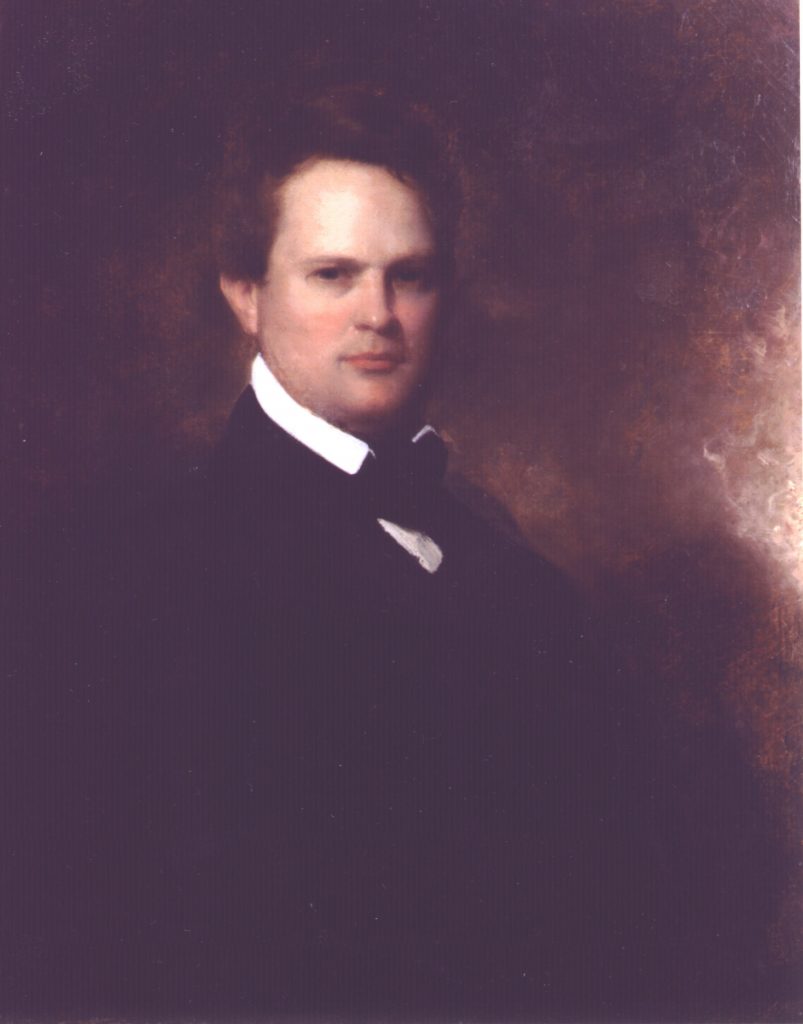
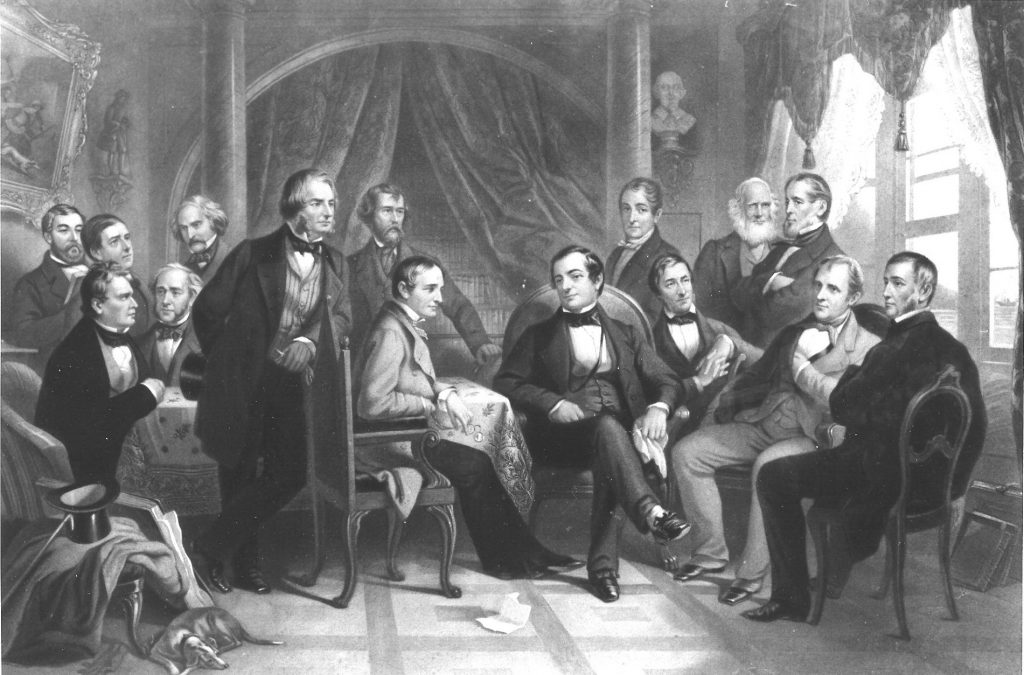
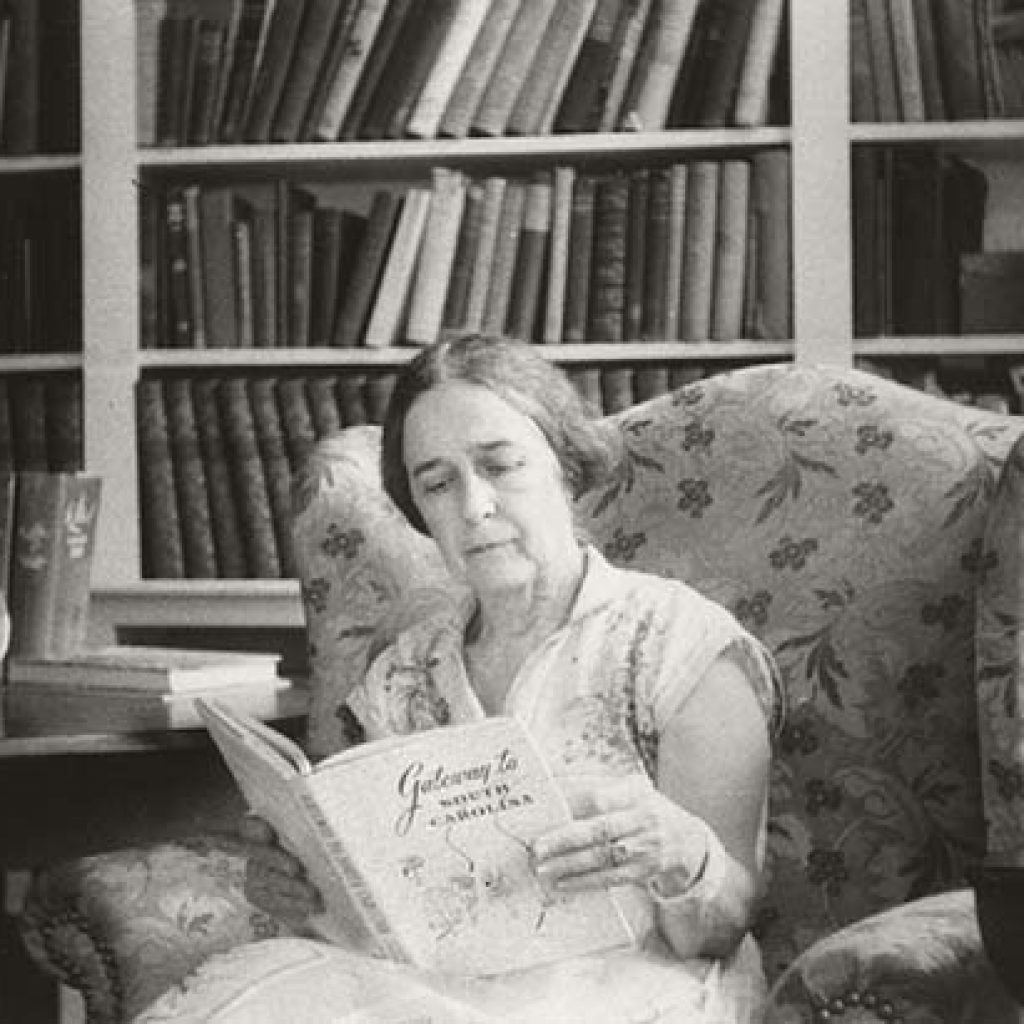
William Gilmore Simms’ granddaughter, Mary C. Simms Oliphant (1891 – 1988), was also an historian In 1916, the state superintendent of education asked her to update her grandfather’s 1860 history of South Carolina for use as a texbook. In 1932, Oliphant wrote an entirely new South Carolina history textbook. The Simms History of South Carolina went through 9 editions and was used by South Carolina junior high school students.She later wrote a reader to introduce third-grade children to their state.Oliphant’s most ambitions project, and the one for which she is most widely known, was her work to collect, edit, and publish Simms’s letters.
Other grandchildren of William Gilmore Simms include Zaidee Aldrich Simms Cole (1882 – 1968), William Gilmore Simms IV (1883 – 1953), Harold Algernon Simms (1888 – 1965) and Anne Lee Simms Buck1893 – 1969).

